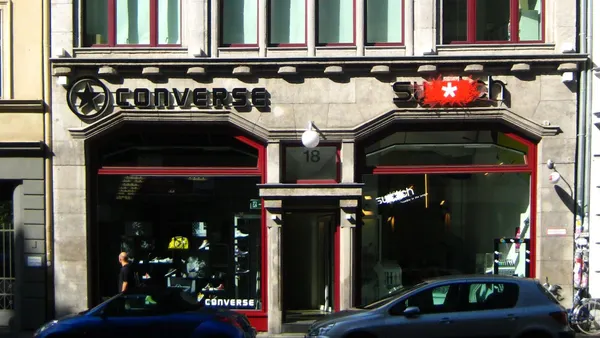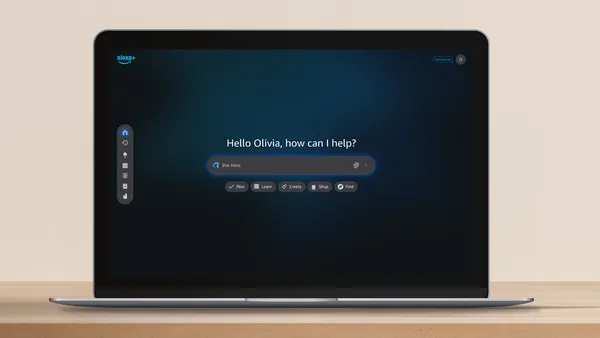Dive Brief:
- Walmart opened a 492,000-square-foot high-tech consolidation center in Minooka, Illinois, near Chicago, according to an April 30 press release.
- The facility consolidates general less-than-truckload shipments from suppliers into truckload shipments, which are then sent off to one of Walmart’s 42 regional distribution centers.
- Meanwhile, the center’s technology aims to benefit shippers through streamlined purchase order fulfillment, shorter lead times and overall faster delivery to customers.
Dive Insight:
Walmart's new, high-tech consolidation centers are part of the retailer’s larger push to modernize its supply chain, a spokesperson told sister publication Supply Chain Dive in an email. Efforts include automated milk-processing facilities, autonomous forklifts and other installations.
“The Minooka facility will provide even more opportunities for small to medium sized suppliers in the region who do not ship nationwide, the ability to provide product to all 4,700 Walmart stores,” Mike Gray, the retailer’s SVP of ambient operations, said in the release.
The Illinois facility is Walmart’s third high-tech consolidation center — the first opened in Colton, California, in 2019. Prior to that year, all of Walmart’s consolidation centers operated with manual processes.
The efforts are aimed at evolving manual jobs with automation and robotics to enhance efficiency.
“By deploying data, software, and advanced technology, Walmart is accelerating its transformation both digitally and physically, enabling a more flexible and connected omnichannel fulfillment network,” the spokesperson said.
For instance, software instantly scans and counts products from suppliers upon arrival to the facility, then automatically updates the systems. Walmart previously explained that this process allows it to react faster to any issues when filling orders.
“Our focus is on what works best to meet our customers’ needs at any given time. Consolidation centers give us the flexibility to serve customers through TL and / or LTL,” the spokesperson said. “Based on the customer demand and the supplier’s capabilities, we can shift between TL and LTL seamlessly.”












